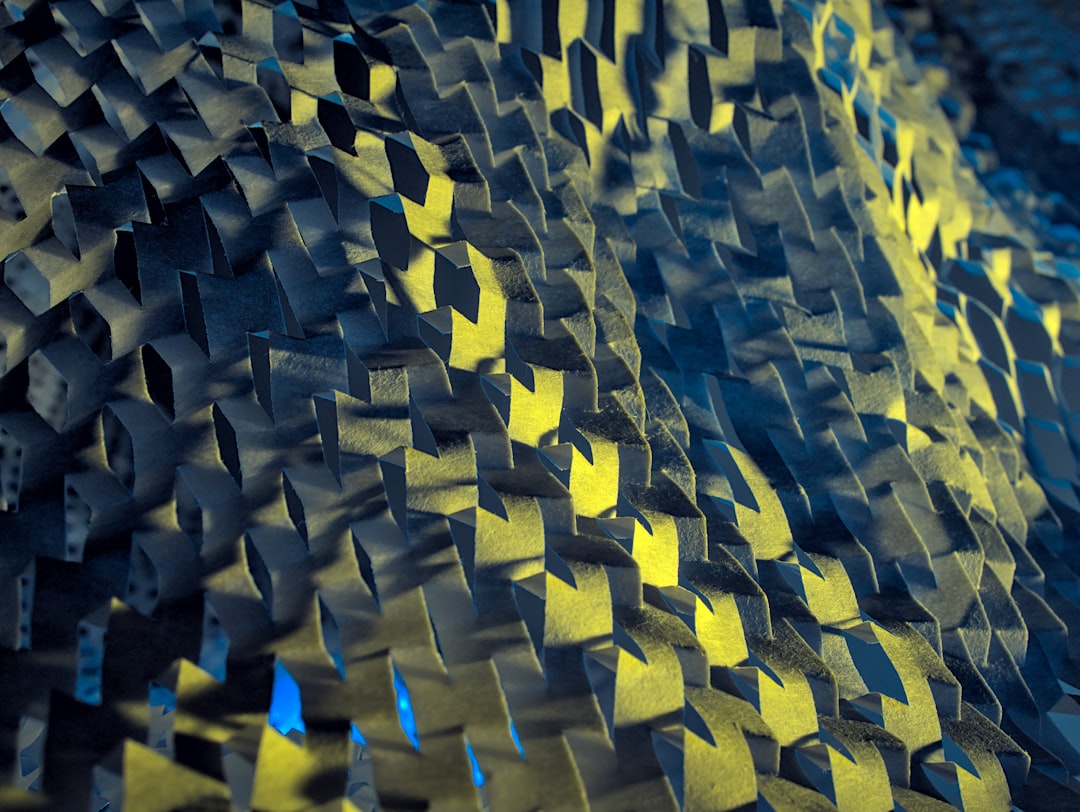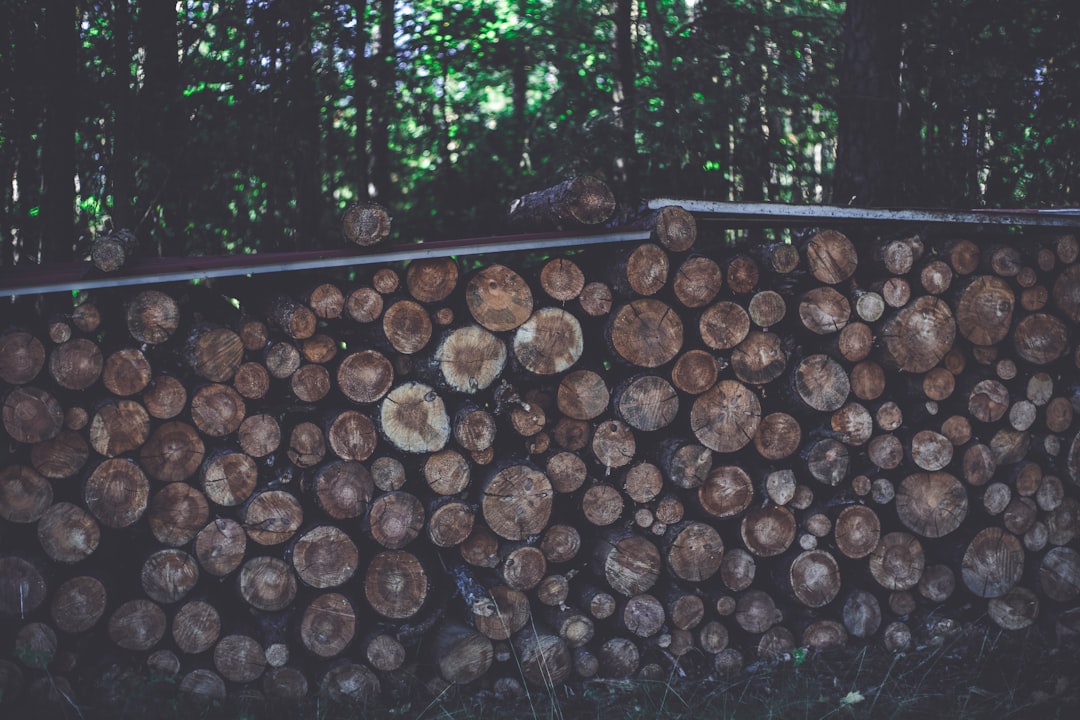What is it about?
Polymorphism - the adoption of a particular compound of more than one crystal structure - is often found in molecular crystals, but not as frequently as one might expect. This work explores the reasons for this, using several complementary approaches. The novelty of representing molecules as two linked rods provides useful graphical insight into patterns of molecular packing and also takes molecular conformation into account. The conclusions are backed up by using semi-empirical non-bonded potentials optimised for hydrogen bonding. The prospect of structural prediction by rod-rotation about fixed points is also discussed.
Featured Image

Photo by Myriam Zilles on Unsplash
Why is it important?
Polymorphism is usually seen as a problem by the pharmaceutical industry, since it is generally difficult to control this. Moreover, the pharmaceutical activity of a particular drug compound is often highly dependent on the crystal structure adopted. By identifying the mechanisms of stabilisation of the alternative crystal structures, this paper provides some useful pointers on how to limit the range of polymorphs found for a particular compound. The methodology can also point to substitutional options that will promote a particular, desirable crystal structure.
Perspectives
The idea of writing this paper originated back in September 2017, when David Hughes and I had a conversation at the retirement meeting of Prof. Bill Jones in Cambridge. David and I had both written Ph.D.'s on Molecular Crystals - mine back in 1984 and his in 2003. We both felt that some of our original ideas had not really been sounded in the academic literature. He in particular felt that there was a need to get more crystallographic data published. Since I was intending to move over to Java as my favoured programming language at this time, rather than Fortran, the Thomas+Hughes project was an ideal incentive for me to carry out this change. David and I collaborated intensively earlier in 2022, in particular with respect to interpreting the graphical results and tying them in with the intermolecular interaction strengths generated by the non-bonded potentials. We hope you enjoy reading the paper!
Professor Noel William Thomas
Hochschule Koblenz
It has been a pleasure to take part in this project. The idea of creating a method that covered such a diverse solid-form landscape as that seen in sulfathiazole and the 2-benzyl-5-benzylidenecyclopentanones was something that really attracted me to take part in this work. With Noel’s programming ability I was given new and instructive tools to explore the similarities and differences in this extensive group of compounds. By using the excellent graphics demonstrated in this paper combined with some basic non-bonded potentials we were able to add value to existing crystallographic analysis of these compounds and come up with a complete description of the factors involved in crystal packing in such a diverse group of compounds. In the future, we hope to extend this work by employing contemporary force-fields to explore the multicomponent forms of sulfathiazole with a view to understanding some of the factors involved in crystal growth.
Dr David Stephen Hughes
University of Cambridge
Read the Original
This page is a summary of: A rod- and tessellation-based comparative analysis of polymorphic and structurally-invariant molecular crystals: application to sulfathiazole and 2-benzyl-5-benzylidenecyclopentanones, Acta Crystallographica Section B Structural Science Crystal Engineering and Materials, December 2022, International Union of Crystallography,
DOI: 10.1107/s205252062201160x.
You can read the full text:
Contributors
The following have contributed to this page










